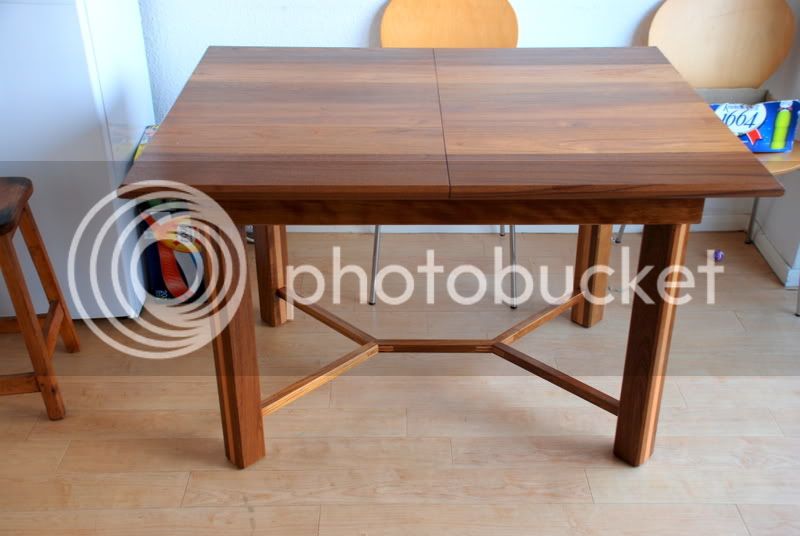Sorry my image won't load. The joint is a compond mitre Y with the 2 branches spliting at an angle of 120 degrees and slopeing down at 5 degrees the centre rail remains horizontal. Without a picture I know its hard to visualise. I'll email thepicture to anyone if they could attach it to the post. The stock will be 55mm x55mm square
Thanks in advance for any advice.
Thanks in advance for any advice.














































